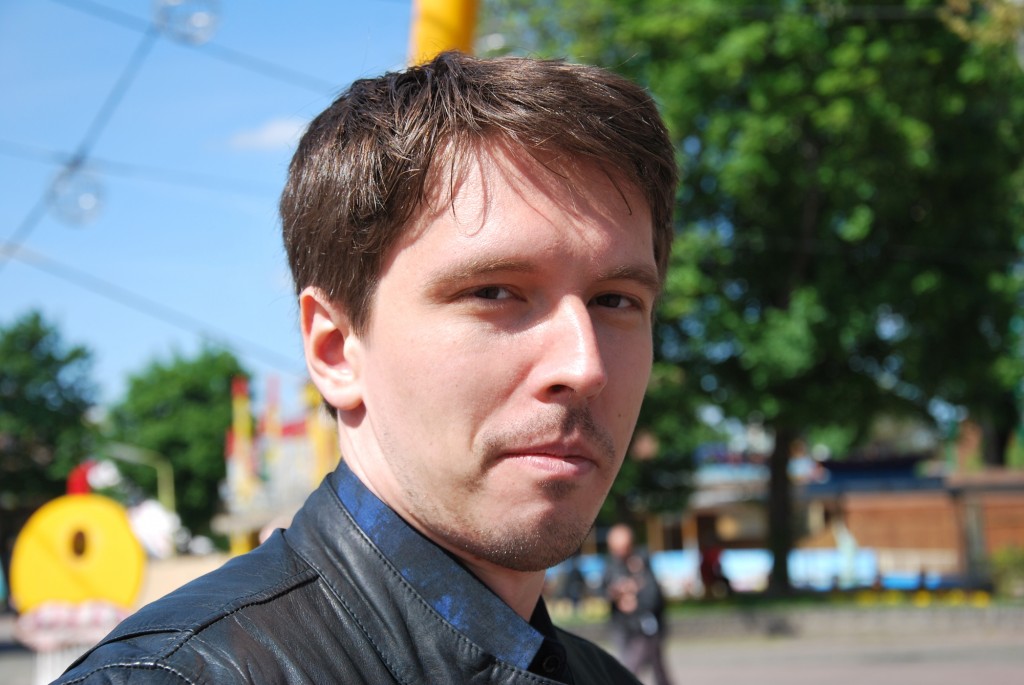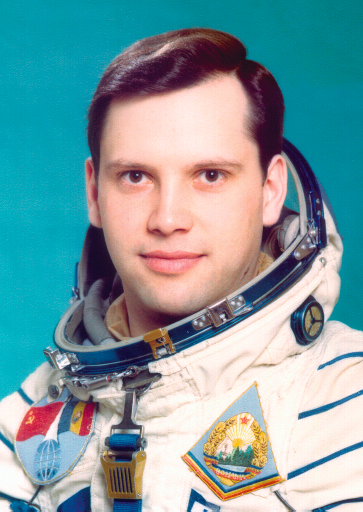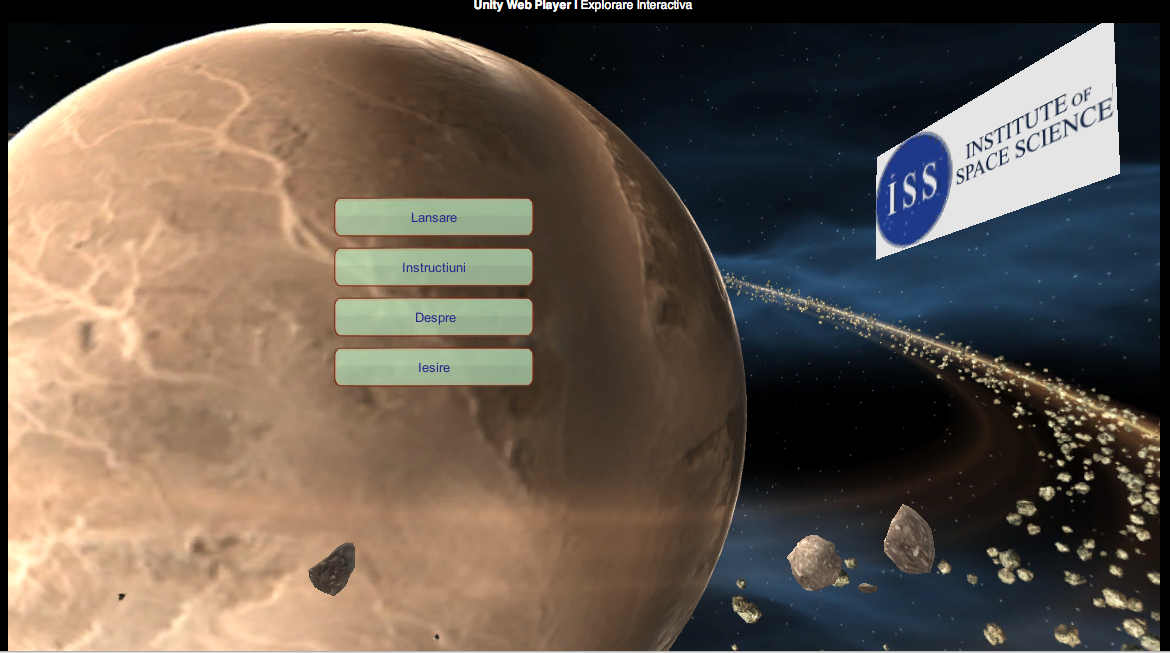
Catalin Negrea, researcher of the Institute of Space Science (ISS) within the Laboratory of Space Plasma and Magnetometry won the award for the best poster presented by a student (Outstanding Student Poster – OSP) following the annual conference of the European Geosciences Union – EGU held in Vienna from 27 April to 2 May 2014.









